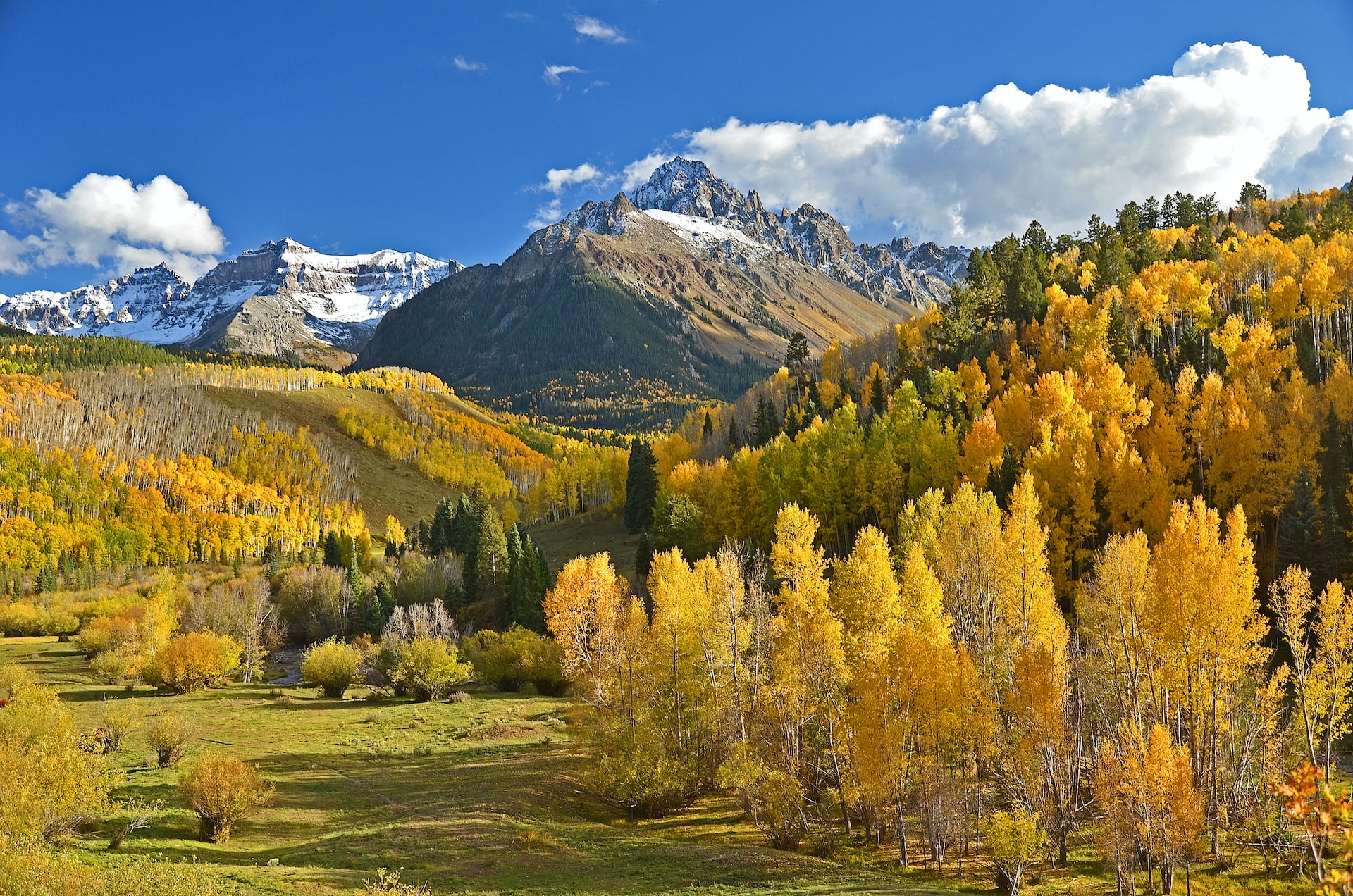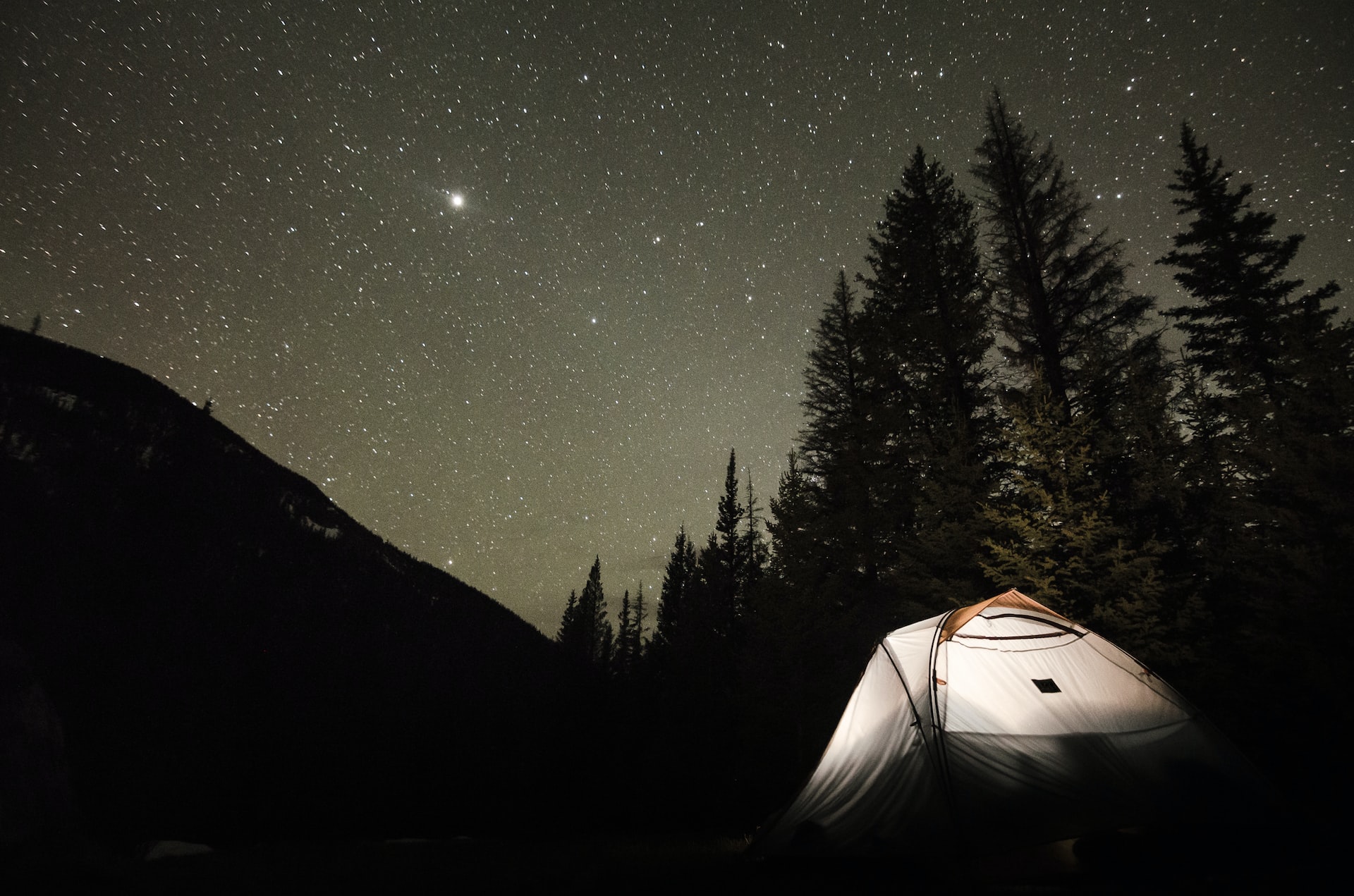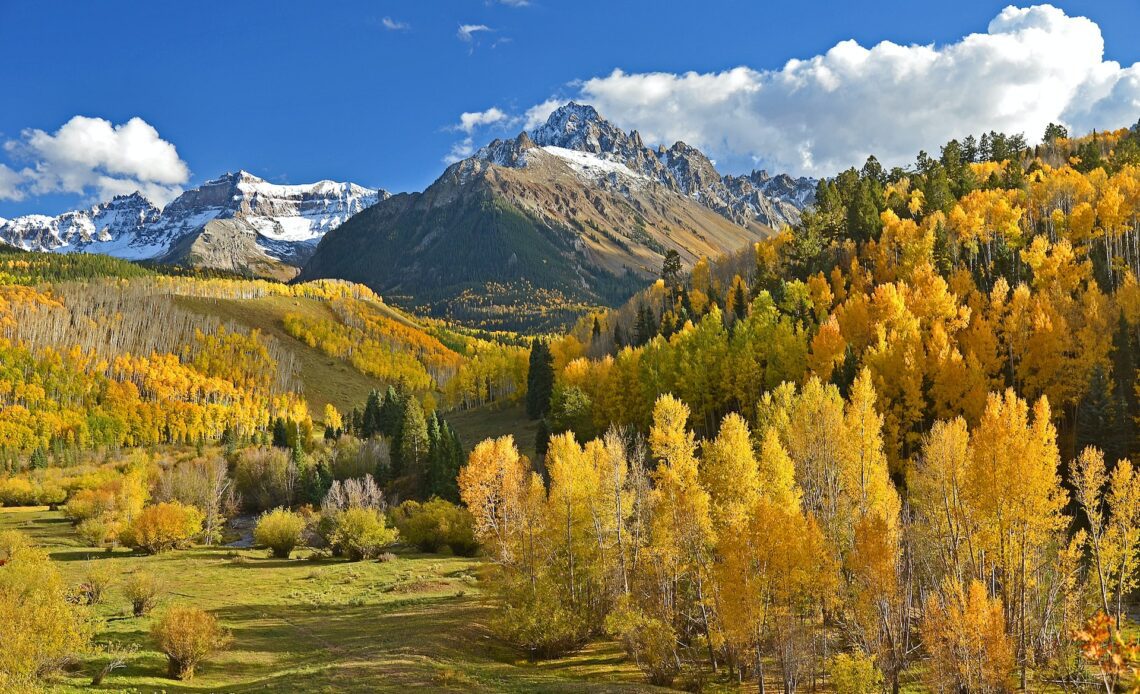Over sixteen mountain ranges and plateaus with elevations up to 14,440 feet make up the magnificent state of Colorado.
There is no better destination than Colorado, when it is time to escape your concrete jungle.

Colorado is the King of camping and adventure if you want endless off-roading, record-setting fishing opportunities, or scenery unlike any other.
Every type of camping imaginable is available at the 148 campgrounds dotted throughout the Rocky Mountain Ranges of Colorado.
Tent camping, backpacking, canoeing, and dispersing are tiny parts of the adventure.
Colorado has a specific language for camping and RVing in its state. It’d be wise to familiarize yourself with the rules and regulations before your trip.
Must-Have Camping Gear
If you’ll be pulling an RV, it is always a good idea to double-check pantries, cabinets, and tanks to ensure everything is up to snuff.
Colorado camping can be a wonderful experience or a nightmare if you and your group are unprepared.

Tents
Tents are one of those items that depend entirely on your camping party’s circumstances.
If a family travels in an RV, tents may or may not be necessary unless someone wants to sleep under the stars.
However, if two or three hearty souls want to trek to the top of a Colorado mountain range, a sturdy tent is not only necessary, it may keep you alive.
Choosing a Tent
How many people are in your party? If there are six, will you sleep two or three in a tent? Does someone in the party need more elbow room for a good night’s sleep? What about children and pets?
Seasonality is an important factor. Is your camping party heading out during the three relatively mild seasons, spring, summer, or fall?
1. Mild seasonal tents have ample mesh panels and can withstand downpours and light snow.
2. Extended-season tents are designed for early spring and late fall when temperatures and weather can be harsher but not extreme. These tents have fewer mesh panels and sturdier frame construction.
3. Single-season tents are built for extremes, engineered to offer refuge while withstanding fierce winds and substantial snow.
10 Features to Consider
- Dome or cabin style
- Floor length and peak height
- Tent doors and poles
- Rainfly and vestibules
- Ventilation
- Interior loops, pockets, and Guyout Loops…
Click Here to Read the Full Original Article at GoBackpacking…
